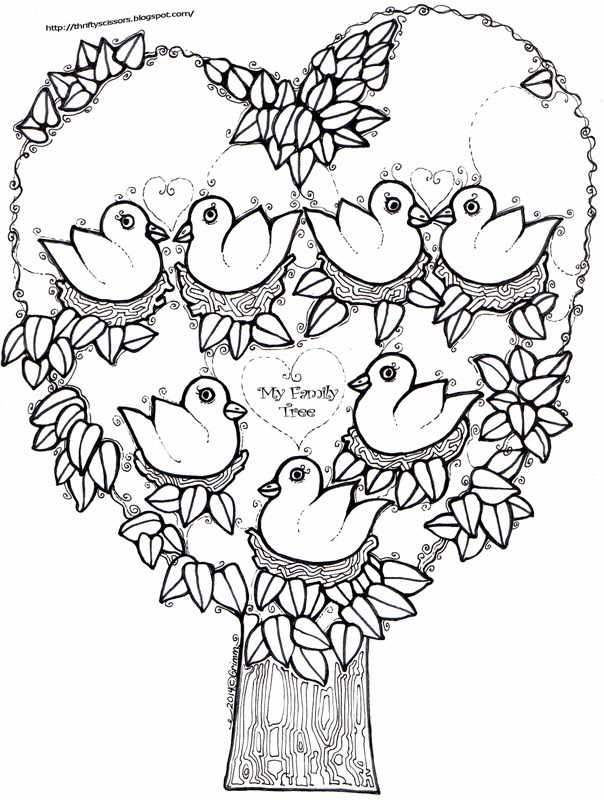This little paper plate craft is so easy to assemble. Simply print, cut and paste the octopus parts as they are seen below. I backed the "arms" of the clock with cardboard so that the project might be crafted with durability. Punch a hole in each clock arm piece and also in the center of the paper plate. I used the pointed tip of my scissors to make a hole in the plate. Then I inserted the brass brad through all three holes and bent back the prongs on the backside of the paper plate. Now my students will be able to spin the "arms" or "hands" of the clock to mimic those of a real clock.
I have included two options for the project so that teachers may either use my own solution for the coloring of the project or give their students simpler unadorned versions so that they can come up with their own unique interpretations of this paper plate craft.
Craft Supplies:
- large white paper plate
- variety of magic markers
- printed template of octopus (blank or decorated)
- white glue
- scissors
- hole punch
- printed numbers 1-12
- brass brad
 |
| The clock as it appeared in black and white before I colored it. I printed out the numbers 1-12 in a classic font and pasted these around the edges of the paper plate to mimic a real clock face. |
 |
| Here are a few closeup shots of my paper octopus clock craft. |
 |
| Make sure to click directly on to the templates in order to download the largest versions for printing. |
More Octopus Crafts:
More Time Telling Crafts:
Author Cheryl Block discussing award-winning "You're Blushing,
Little Octopus," a children's picture book with a heart-warming story
based on science and packaged with a CD-ROm as entertaining
as it is educational.
Little Octopus," a children's picture book with a heart-warming story
based on science and packaged with a CD-ROm as entertaining
as it is educational.





















